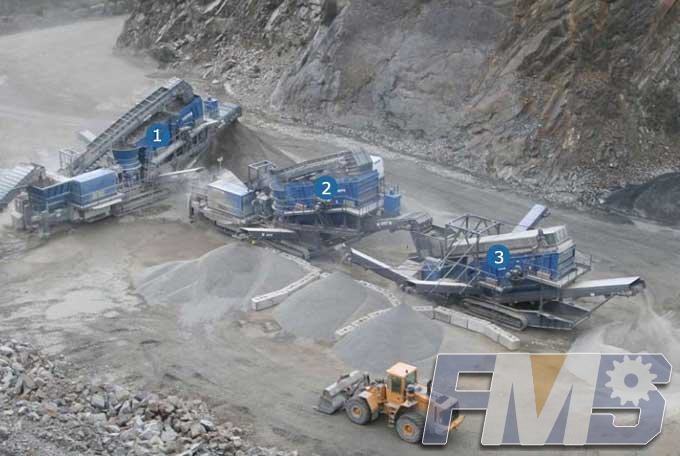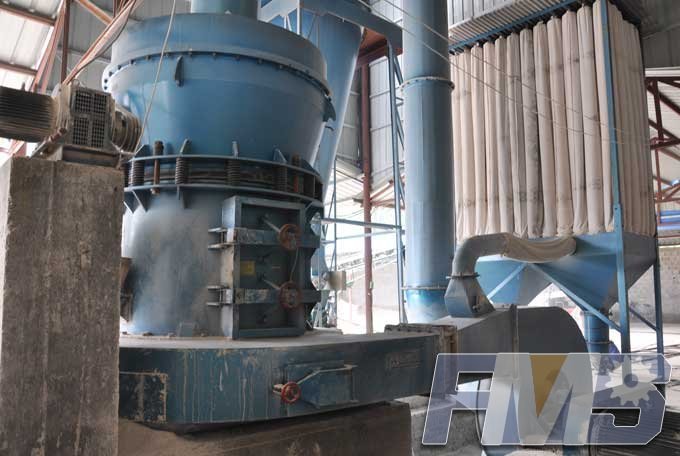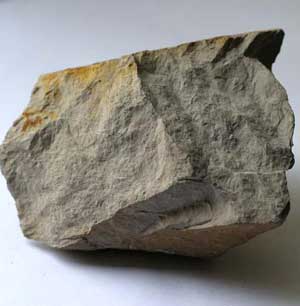Number of Mills in a Grinding Circuits
Milling circuits are always designed for maximum duty. These circuits rarely operate at these values. During startup of greenfield plants, extended operating periods with significantly reduced feed rates can last for up to 1 or 2 years. Also, where mills are included in concentration circuits, feed rate to the mill will be affected by both the normal total circuit feed fluctuations due to the hardness of the ore, as well as swings due to the grade of the ore. In tough applications, these tonnage swings can be on the order of 100% to 200%. Under these conditions, the turndown ratio (the minimum power at which the mill can operate) of the selected mills must be considered. Mills installed in fine and ultrafine regrind duties are normally constant speed and, therefore, constant power machines. Ball mills and some stirred mills, such as the screw-agitated mill and the pin-agitated mill, can operate at reduced ball levels and, therefore, power draws. These changes in ball charge can be used to minimize overgrinding during known periods of reduced throughput, such as startup periods, but typically cannot follow the normal capacity swings resulting from short-term changes in the feed rate. Fluidized media mills have very limited turndown and should be operated at their design power if severe wear problems are to be avoided.
What this means is that if the feed rate should drop below the design values, the mills will continue to input the full power, and the product will be ground significantly finer than required. This would be more of a problem for flotation circuits than leach circuits, but the effect on the filters and thickeners in the plant must still be considered. The most effective method to control overgrinding is with the use of multiple units fed from a common source. Individual mills can be brought into service, or taken out, as required.
Caution should be exercised when specifying a single mill for an application if feed-rate variations are expected to be a problem. Vertical mills with screw agitators do have a measure of control over this problem. The mills include an internal recycle loop that controls the uprising velocity of slurry in the mill. On specification, product can be removed from the mill and presented to classification, thereby reducing overgrinding.
In some cases, specifications on the allowed coarse material in the product require the installation of two mills in series (where open-circuit milling is required).
Tagged: Grinding Circuits
Get Detail Information:
(If you do not want to contact to our online customer service, please fill out the following form, Our client manager will contact you later. We will strictly protect your privacy.)











